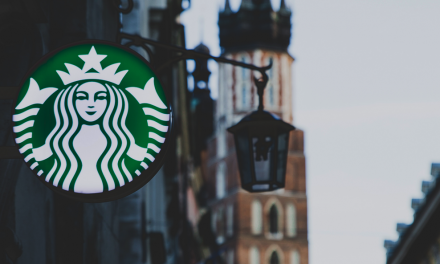A recent study acknowledges that “a dominant majority of journalists identify as liberals/Democrats.”
At the same time, the researchers adamantly state that political reporters are unbiased when they choose their stories. The study is titled, “There Is No Liberal Media Bias in the News Political Journalists Choose to Cover” and was accepted for publication in Science Advances.
Three political science and public policy professors from Florida State University, University of Virginia and Brigham Young University-Idaho used a variety of measures to determine “whether journalists’ political leanings bleed into the choice of which stories to cover that Americans ultimately consume.”
The researchers were looking at what’s called “gatekeeping,” where journalists and news outlets select the stories that will be published, helping to steer their audience toward certain stories and away from others. The advent of talk radio, the internet and more news outlets has broadened the number of gatekeepers. We no longer live in a world where three major news networks control what people see on the evening news. Still, it’s an important function, as reporters decide what’s “newsworthy” – and what’s not.
So how did the authors come to their conclusions? First, they surveyed journalists, asking them to disclose their political leanings. Those who identified as “independent” were asked which party they lean toward. Of the 1511 reporters who responded, and identified their ideology, liberals outnumbered conservatives by 78% to 22%. This was “consistent with previous surveys of journalists.”
Because many reporters don’t respond to surveys or label themselves “pure independents,” the researchers then looked at “information on the comprehensive list of people who journalists follow on Twitter.” The idea is that individuals tend to prefer those who think the same way, known as “ideological homogeneity.” This gave the researchers results from a greater number of journalists. And the results revealed, again, that “journalists are dominantly liberal and often fall far to the left of Americans.”
The authors report: “A full 78.1% of journalists are more liberal than the average Twitter user. Moreover, 66% are even more liberal than former President Obama, 62.3% are to the left of the median Senate Democrat (in the 114th Congress), and a full 14.5% are more liberal than Alexandria Ocasio-Cortez (one of the most liberal members of the House).”
Twitter users already skew younger and more liberal. For reporters to be left of them shows very left-wing partisanship.
Next, the professors set up a “correspondence experiment.” They fabricated a candidate for the state legislature and sent out emails from this fictitious campaign, asking journalists for coverage. The text in each of the emails was identical, expect for the candidate’s ideological description as a “Conservative Republican,” “a moderate Republican,” “a moderate Democrat,” or a “Progressive Democrat.”
The researchers looked at responses to the emails and found no statistical differences in the probability of a journalist writing about the candidate based on the ideology of the journalist or the candidate. They ran other statistical analysis to see if the ideology of a newspaper’s readers influenced reporters. Again, they found “no signs of ideological gatekeeping bias.”
Still, many are skeptical of the results and of the certainty with which the authors announced the results of this one study. Typically, social research takes time and numerous studies to come to such a “definitive” conclusion that reporters aren’t biased when choosing stories.
John Sexton, at Hot Air, writes that “the email responses don’t seem conclusive to me.” He notes that “less than a quarter of journalists responded” and says, “Maybe we’re just seeing a self-selected fraction of journalists who take a neutral approach to news gathering.
Sexton is also curious about whether the boring nature of the story made the responses fairly neutral. Perhaps a more exciting story might make for “a tendency for bias to creep in.”
Another problem with the study is that it did not look at other media gatekeepers, such as editors and producers.
Consider a simple thought experiment about culture and policy events. Which story do you think is more likely to be picked up by reporters and given more prominence:
- A story about an abortionist being shot or a story about a woman dying at an abortion clinic?
- A scandal involving a Republican or a Democrat politician?
- A leftist mob riots on a college campus, or a conservative mob riots at a college?
Of course it’s not just the stories that are chosen that can show bias, it’s also the language used and how the story is reported. The AP Stylebook gives this guidance for reporters when covering an abortion story: “Use the modifiers anti-abortion or abortion-rights; don’t use pro-life, pro-choice or pro-abortion unless they are in quotes or proper names. Avoid abortionist, which connotes a person who performs clandestine abortions.”
Examples of media bias abound, and we’ve written about this numerous times at The Daily Citizen, such as when CBS News kept quiet about the building of a massive Planned Parenthood facility in Illinois. Or when Newsweek refused to interview pro-life activist Lila Rose about how big tech was censoring her organization’s content. Or when media elites defamed Covington Catholic High School student Nicholas Sandmann – without investigating or telling the whole story.
Yes, we agree with the researchers that the majority of reporters are left leaning. Are we convinced that this doesn’t lead to bias in story selection? One somewhat problematic study isn’t convincing.
Related articles:
Bias Revealed: Media Covered Trump’s Impeachment Defense Team 100% Negatively
Newsweek Article Claims that Live Action isn’t the Target of Big Media Bias






